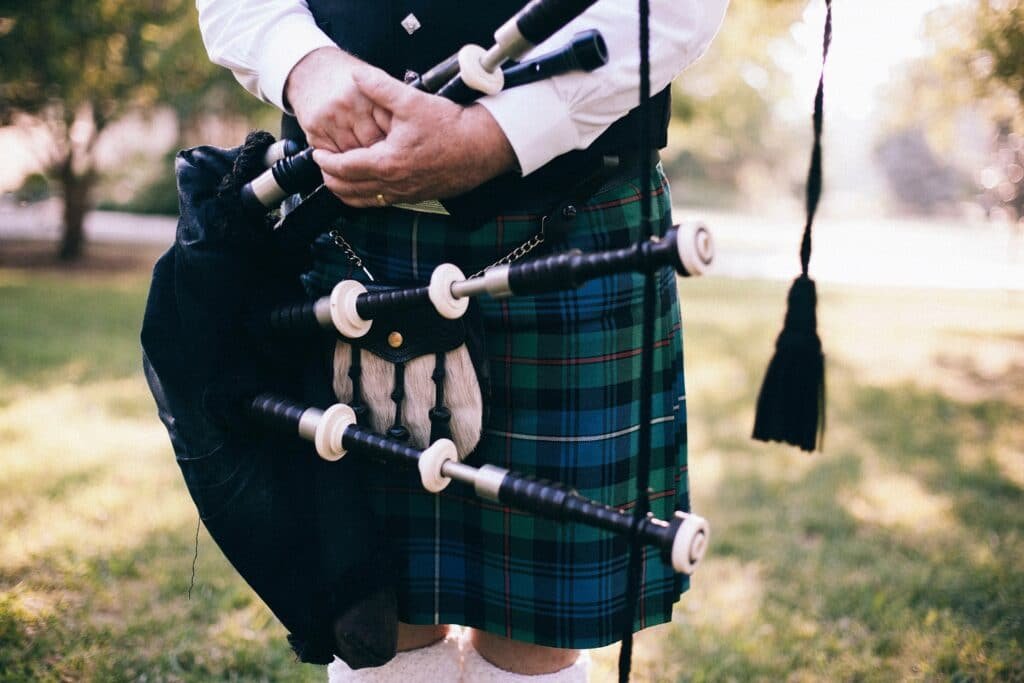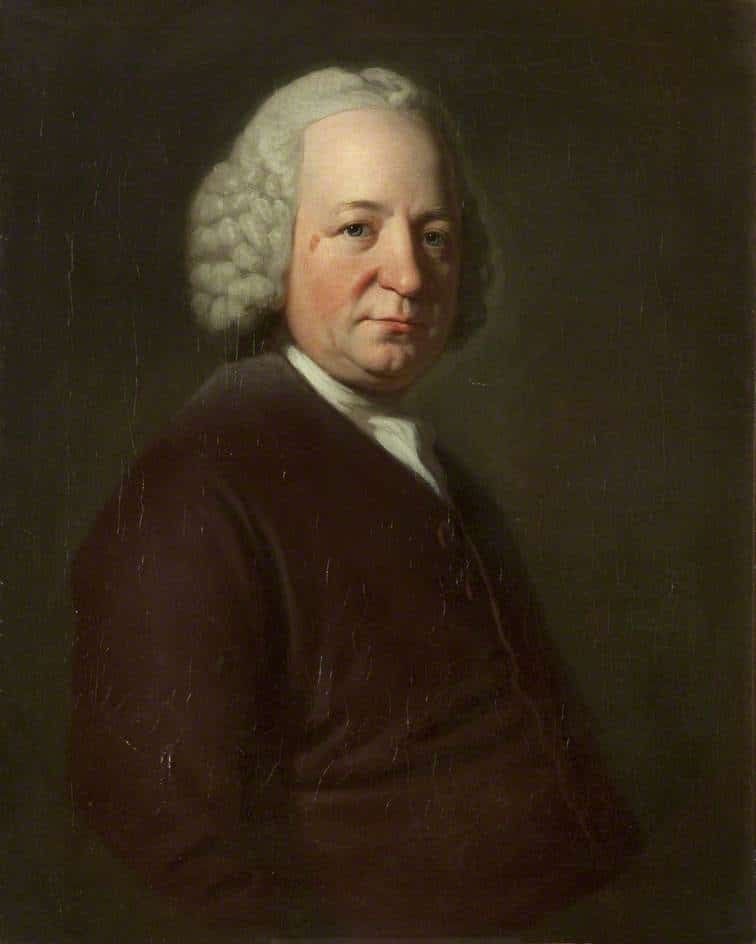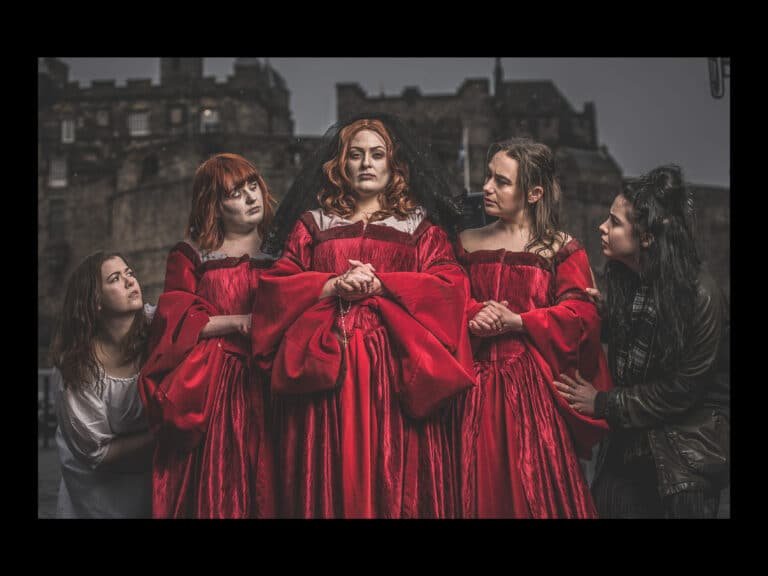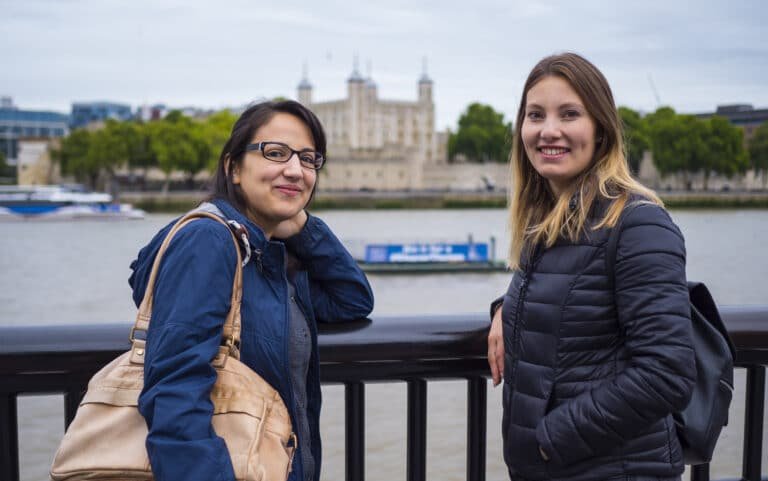What Does The Scottish Kilt Represent?
Kilt, O’Kilts. One of many great honourable and prideful symbols in Scotland. It is a symbol of unity from a proud historic era, but we want to go a bit deeper into the history of the kilt.

There is nothing more Scottish than this fine piece of clothing and Scottish bagpipe. Did you know that the kilt stretches back till the end of the 16th century? The Belted Plaid was originally worn over a tunic by highland soldiers, inspired by Celtic Warriors of the Roman Times it was often used was to protect against the weather.
These were only decorative ornaments as it was tradition for the highlanders to remove them for battle.

The Belted Plaid or Great Kilt would suffer a major redesign in the late 17th and early 18th centuries. The most recognised designer for the modern kilt was Thomas Rawlinson, an English Quaker from Lancashire. He would travel North meeting with the Clan MacDonnells of Glengarry and would manufacture charcoal in partnership with them.

He would often complain – with his typical English attitude about the Belted Plaid and how “Cumbrous and unwieldy” it was for his work. He then asked the tailor of the regiment at Inverness to cut it in half and sew the pleads within them. The kilt was actually very popular when it got conceived and was quickly adopted by the Highland Regiments of the British Army and formalised into a standard uniform.

The most amazing thing is that the Highlanders would even carry on with the uniform during both world wars and even till this day. It is a symbol of national pride and it is been adopted by everyone in the country from civilians to the army.
The Kilt is, not only a symbol of power, manhood and fearless, but it is one of representation of union. This humble piece of clothing represents to the world what Scotland represents – a proud united nation of warriors and bagpipers.
What does the Kilt mean to you? Tweet us @iVisitScotland and let us know.








